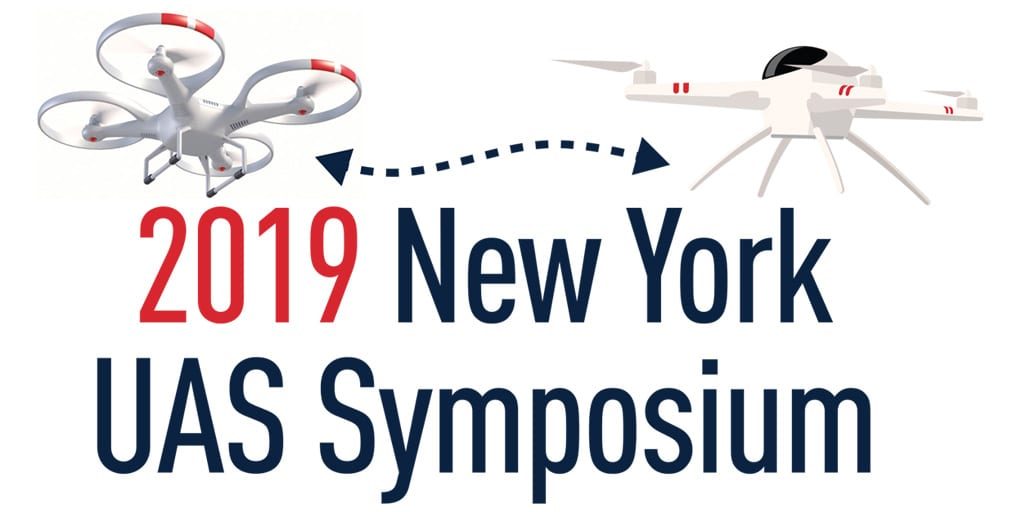
I am very excited for the upcoming 2019 New York UAS Symposium and the chance to provide the community with an update on all the exciting work that the NY UAS Test Site and NY State is conducting to advance the UAS Industry. To set the stage for this important event allow me to provide some context for what you can expect.
We have made tremendous strides in the continued development of the 50-mile New York UAS Corridor through the integration of additional sensors, services, and technologies essential to providing the capabilities required for conducting safe and reliable Beyond Visual Line Of Sight (BVLOS) UAS operations. Notably among these integrations are five UAS Service Supplier (USS) platforms which provide fundamental flight planning, flight validation, and flight monitoring capabilities, all contributing to the establishment of a common operational airspace picture and bolstering Situational Awareness (SA). The assortment of USS’s within the New York UAS Corridor offers operators choices and flexibility in the selection of services required to meet the specific needs of diverse UAS operations.
In order to demonstrate the extent of UAS applications supported by the New York UAS Corridor and NY UAS Test Site through our enhancements over the past year, we have been working towards the execution of several operational scenarios to exercise advanced capabilities. I look forward to sharing the results of these demonstrations with you over the course of the Symposium. These demonstrations will highlight several critical facets of the Corridor, namely Operational Complexity, Operational Scale, and Operational Environment.
Operational Complexity
The ability to support highly complex operations requiring advanced services and capabilities establishes the New York UAS Corridor as a preeminent UTM ecosystem. One way we will emphasize this ability, is through an operational scenario comprised of multiple interdependent UAS operations centered around a Public Safety narrative. The combination of commercial UAS and Public Safety UAS operating in common airspace not only requires advanced capabilities for proper coordination between operators, but also is likely to be a frequent occurrence as UTM is operationalized and adoption grows across both sectors. A critical technology in support of the interfacing between these operators will be Remote Identification, of which you can expect to see several different solutions available within the New York Corridor.
Operational Scale
The 50-mile by 15-mile footprint of the New York UAS Corridor offers an exceptional range capable of supporting countless types of operations and testing across all sizes of airframes and performance characteristics. In time, coverage of all integrated services will be comprehensive throughout this expansive area, ideally enabling operations with limited prior coordination and fostering UTM adoption and operationalization. Within this operational volume are also multiple towered as well as non-towered airports allowing for the proofing of airport-to-airport UAS operations and UTM to Air Traffic Management (ATM) interactions.
Operational Environment
With the size and scale of the New York UTM Corridor also comes incredible diversity in operational environments. I am particularly excited about an opportunity to demonstrate high-density, real-world UAS applications in an urban environment through a collaboration with the City of Rome, New York. Using downtown Rome as an authentic urban environment requiring specific operational considerations and capabilities, we plan to share a glimpse of a future where unmanned aircraft are even more pervasive and commonplace than they are today.
As much as I am proud of the accomplishments of the NUAIR partners in bringing the preceding capabilities to the New York UAS Test Site, I am equally looking forward to sharing our insights and lessons learned throughout our efforts over the past year by way of panel discussions.
It is an understatement to say UTM and UAM are difficult and complex problems and it will only be through industry-wide participation and collaboration that they can be solved.
To this effect I sincerely look forward to seeing you this September 16th – 18th at the New York UAS Symposium to continue the conversation and push the industry one step further towards safe and routine UTM and UAM operations.
